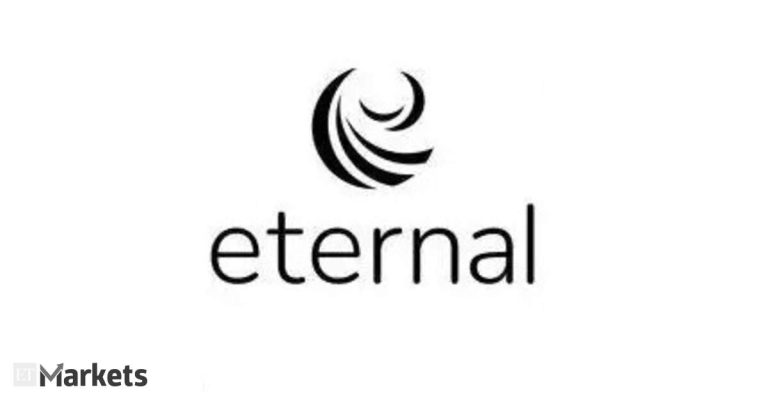New jobs tend to come with a learning curve. This includes learning how your new retirement plan works, according to Suze Orman.
In a recent blog post, the personal finance expert said it’s common for people to switch jobs around every five years, but this often comes with an unintended consequence — their retirement savings may taking a hit. She cited a 2024 Vanguard study that found many workers face issues like inadvertently halting contributions to their retirement account.
Read Next: Suze Orman’s Top Tip for Building Wealth Is a ‘Very Easy One’
Find Out: 25 Creative Ways To Save Money
Keep reading for more details about this study and what Orman said to watch out for when you start a new job.
When switching jobs, a typical worker receives a 10% salary increase, according to Vanguard. In theory, this should allow them to put even more aside for retirement, but it doesn’t always happen that way.
In fact, it’s common for new hires to experience around a 0.7-percentage-point decline in the amount they’re saving for retirement, according to Vanguard. Even more concerning is that when an employer didn’t automatically enroll new hires in their retirement plan, only 76% who joined voluntary plans continued to save, compared with 95% for automatic enrollment plans.
Savings rates also tend to decline if the new retirement plan has a lower default savings rate than the plan at the employee’s previous company, according to Vanguard. For example, researchers found that at a 3% default savings rate — the most common — the median savings rate dropped by 1.2 percentage points, but it dropped by just 0.2 percentage points at a 5% default savings rate.
Workers don’t have to stick with a default savings rate, but about 60% do, according to Vanguard. And even the 40% of new hires who chose their own savings rates weren’t necessarily saving the same percentage as they were at their last job. More than half — 57% — lowered their retirement savings rate.
Check Out: Suze Orman Says If You’re Doing This, You’re ‘Making the Biggest Mistake in Life’
Being aware of this issue is the key to avoiding it. Now that you know different retirement plans have different default savings limits, you can’t just rely on the automatic enrollment, Orman said.
Starting on the first day of your new job, she said you need to reach out to human resources to find out how to increase your contribution rate. At minimum, you should be saving at least the same amount you were at your old job, she explained.







